Nepal is the home of several high-altitude treks, which include trekking through gorgeous terrain. Some of these treks are full of adventure and excitement and some are surprisingly easy. Manaslu Circuit Trek falls under those surprising, fulfilling, and awe-inspiring trek.
Manaslu Circuit Trek is a popular trekking destination that holds a unique natural and cultural heritage. Many of you are wondering “Why we Should Travel Manaslu Circuit?”. Well, I would like to tell you that this unique journey into the Himalayas incorporated dramatic emotions and hypnotizing scenery all in one.
Some of you are also wondering “What makes Manaslu Circuit Trek beautiful?”. The remote terrain, rugged paths, thundering waterfalls, unique culture, rising Himalayan vistas are some of the things that make the Manaslu Circuit Trek overwhelming & worthwhile. The initial part of the trek goes past lush forests, grasslands, and flowers blooming. As you gain altitude you will see an arid, stunning landscape, with mountains and almost no vegetation.
Above all, this article includes important information regarding Manalsu Circuit Trek. Below I have mentioned some of the best facts about the Manalsu Circuit Trek.
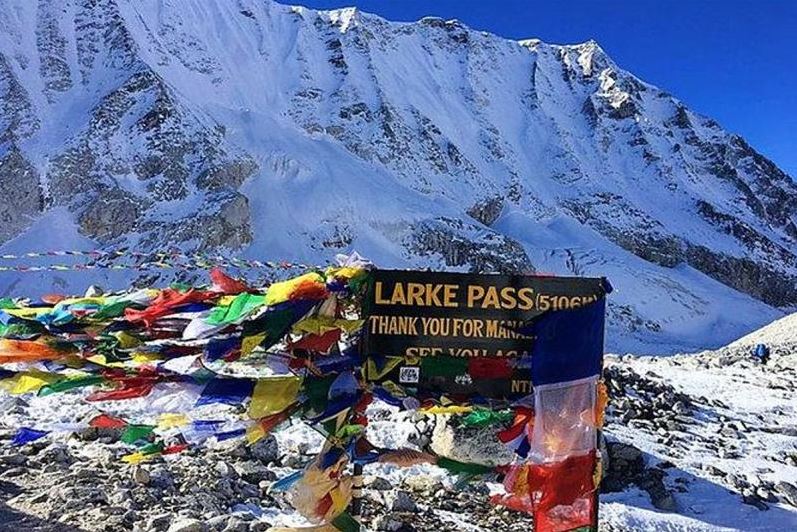
Larkya La is the longest pass of Nepal which is situated at an altitude of 5,106 meters above sea level. This pass is located in between Dharmashala and Bhimthang. Larkya La is the highest point while you are doing Manaslu Circuit Trek.
This pass is not that sharp-edge but it takes much time to cross this high altitude. You can see the prayer flags on the top after a long walk. As you start to descend the pass, large mountains peaks start to appear from all sides. These mountains include Manaslu (8,163 m/26,781 ft), HimlungHimal (7,140 m/23,430 ft), Annapurna II (7,937 ms/26,040 ft), and Kangguru Himal (6,981 m/22,904 ft) You will be completely circled and indeed emotionally overwhelmed by the view.
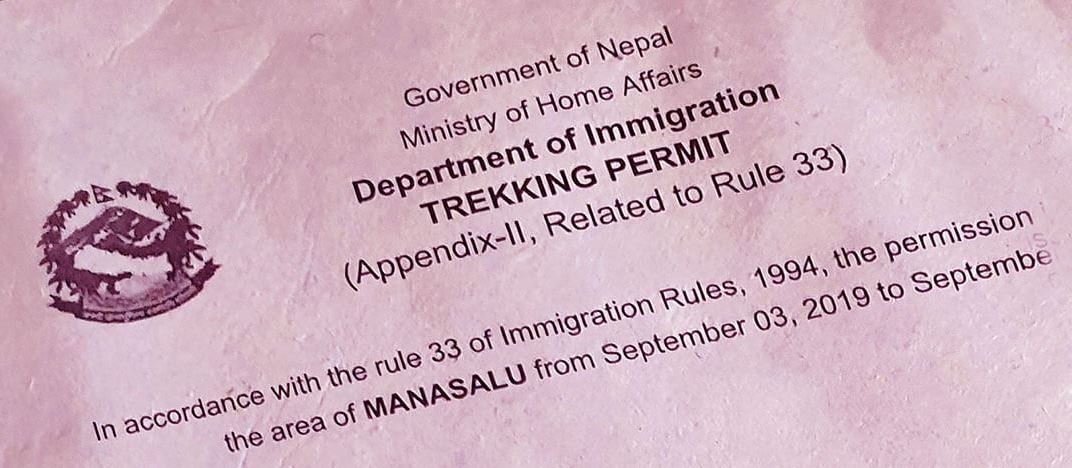
Manaslu Circuit Trek is restricted and you are not allowed to trek solo or without a guide here. This region is opened to foreigners since 1992. The government prohibits trekking alone and at least a group of two is required to so Manaslu Circuit Trek. trekking with a registered agent and licensed guide is a must in this region. This region is near the Tibetan border so it is compulsory to have a guide with you during the trek.
You will also need to obtain a Restricted Area Permit for Manaslu Circuit Trek. Your trekking company can get a restricted area permit for you. This permit also helps to preserve to nature, tradition, and heritage of the Manaslu Region.
Cross Two Conservation Areas
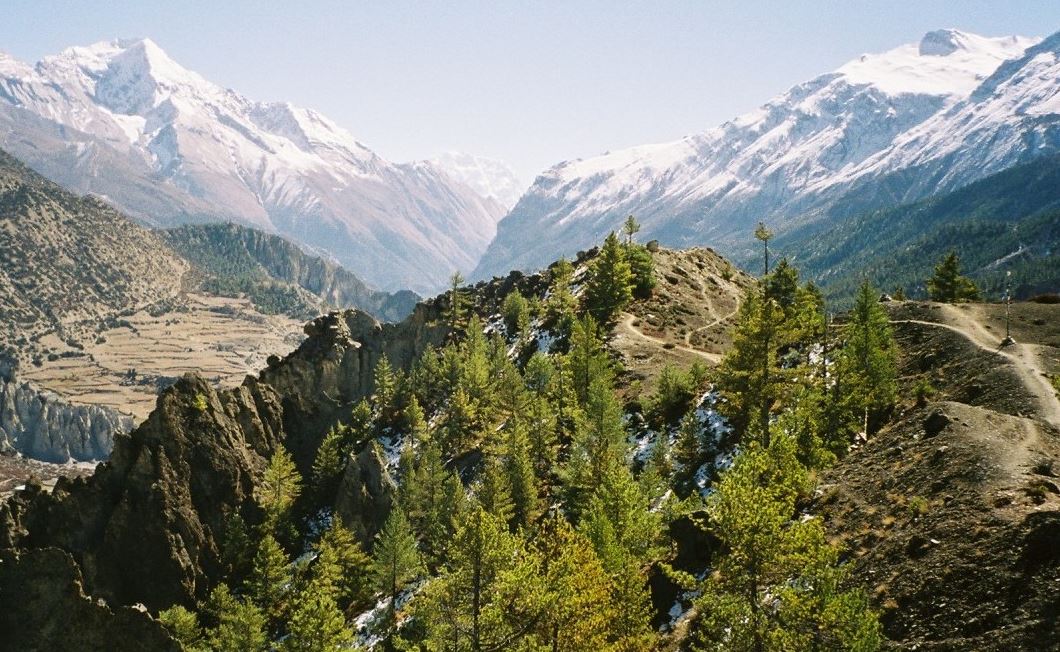
During the trek, you will get a chance to cross two conservation areas i.e. Manaslu Conservation Area and Annapurna Conservation Area. These conservation areas are also the home to wild creatures like snow leopard, brown bear, red panda, and many more. It is also the home of diverse endangered floras and faunas.
Manaslu Conservation Area is the home to 33 species of mammals, 110 species of birds, 3 species of reptiles, and over 1500–2000 species of flowering plants. Annapurna Conservation Area is rich in biodiversity and is home to 1,226 species of flowering plants, 105 mammals, 518 birds, 40 reptiles, and 23 amphibians.
Exploration of Multi-ethnic community
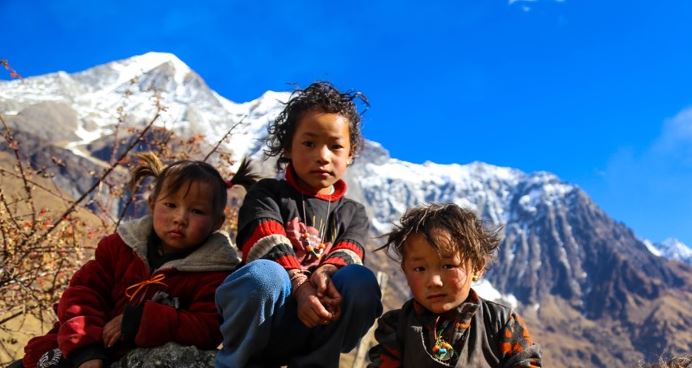
Manaslu region is occupied by a variety of ethnic groups. There are different settlements occupied by ethnic groups of Chhetri, Brahmin, Tamang, Tibetan, Magar, and Gurung. The villages are decorated with prayer flags, unusual Buddhist art, and monasteries. Wandering from side to side with the tracks of the Manaslu region is an excellent way of knowing the different ethnic groups of Nepal.
Preservation of Wildlife by Monks
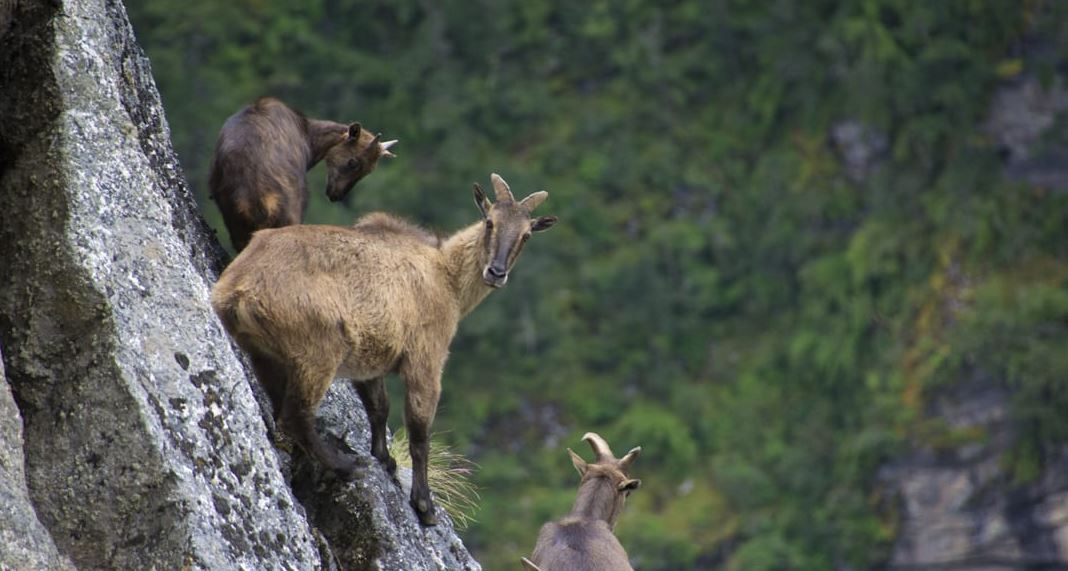
The monks of the Manaslu Circuit have assured the preservation of wildlife by reinforcing the banning of killing animals. Buddhism is not only a belief but more a way of living in this region. So, the teaching of monks from the monasteries makes a tremendous impact on locals. You won’t find the system of butchering animals as food or sacrifice. The prohibition on killing animals by the monks is vital in preserving animals here, especially the rare ones.







